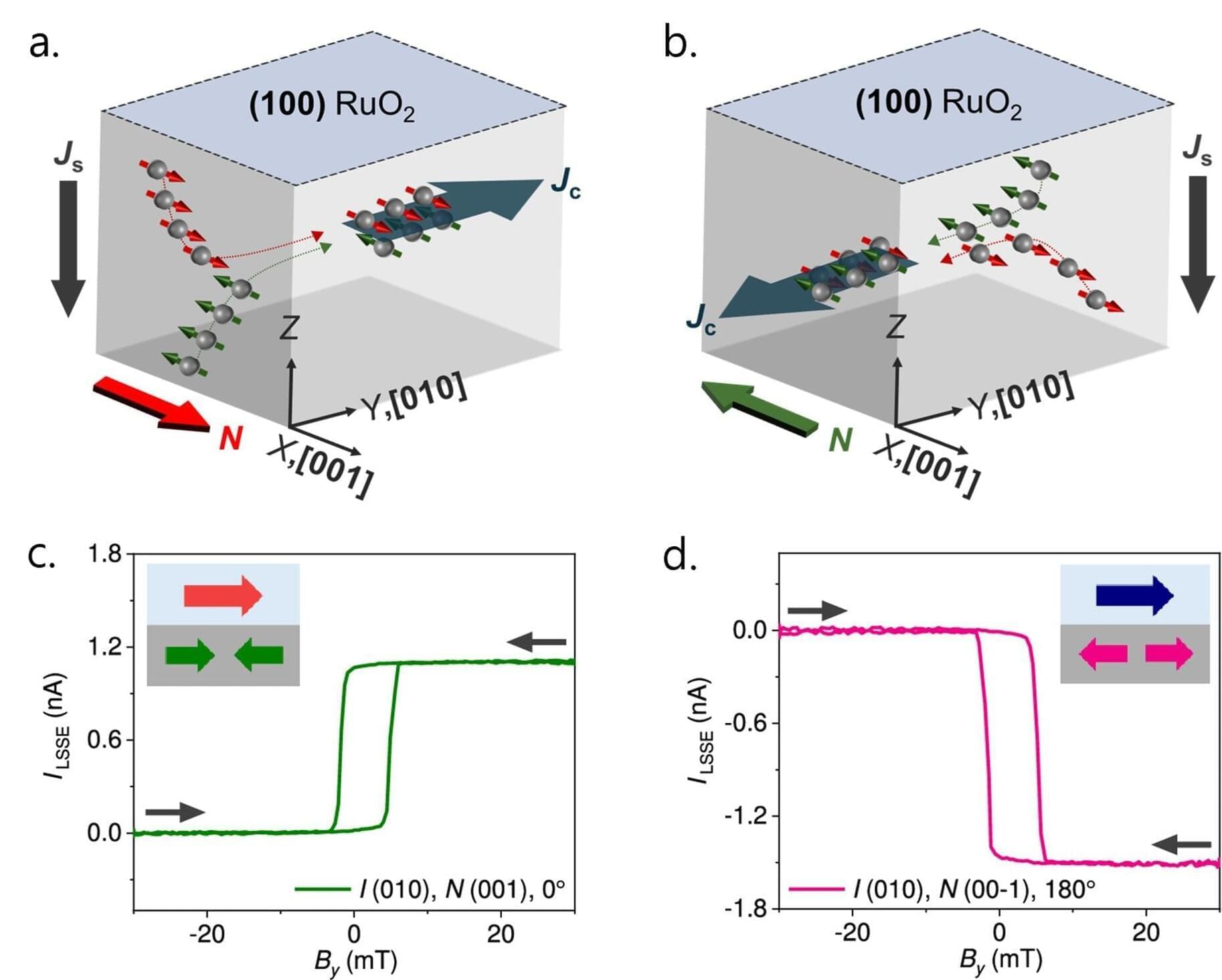This machine learning model was trained on a large multicenter dataset of unruptured intracranial aneurysms to predict future rupture risk across international cohorts, supporting more precise and personalized treatment decisions.
Question Can a machine-learning model (MLM) predict the rupture risk of unruptured intracranial aneurysms (UIAs) using prerupture data?
Findings In this prognostic study of 11 579 UIAs from a cohort of 8,846 patients, an MLM trained on prerupture clinical and morphological data demonstrated robust performance in both internal and external validation, including on aneurysms smaller than 10 mm.
Meaning The findings of this study suggest that an MLM may improve risk stratification and inform treatment decision-making for patients with UIAs, providing additional guidance even for smaller aneurysms traditionally considered low risk.








